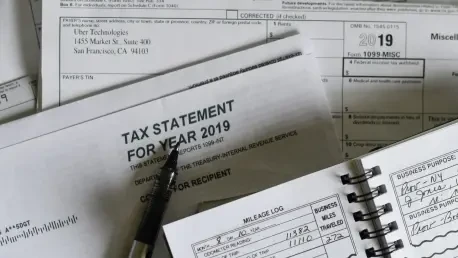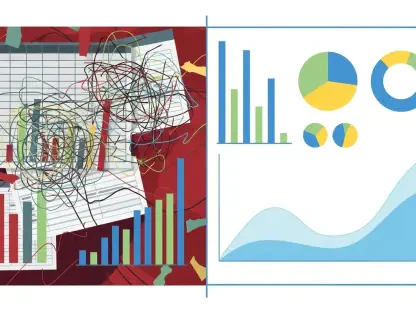In recent years, the landscape of tax compliance has witnessed a transformative shift with the launch of HMRC’s new online Interactive Compliance Guidance tool. Designed to simplify the intricate process of compliance checks, this tool consolidates essential information and guidance into a single platform, aiming to make tax compliance accessible to all. Available at no cost on GOV.UK, the tool seeks to demystify the complexity often associated with compliance checks by providing clear explanations and step-by-step guidance. Users are introduced to various key concepts such as the nature of compliance checks, the reasons behind HMRC’s request for documentation, and methods of addressing disagreements with HMRC decisions. This innovation answers the call for enhanced user-friendliness, utilizing a question-and-answer format complemented by explanatory videos. Offering a streamlined experience, it supports individuals and businesses in navigating the myriad aspects of tax compliance. Feedback from stakeholders fueled its development, ensuring that the tool effectively meets user needs, highlighting HMRC’s ongoing commitment to improving customer interactions in an increasingly digital world.
Growing Accessibility and Support for Users
The introduction of HMRC’s Interactive Compliance Guidance tool signifies a pivotal moment in the agency’s outreach to unrepresented and vulnerable customers. By making relevant compliance information more accessible, HMRC caters to individuals who might otherwise struggle to understand these complex processes. Joanne Walker of the Low Incomes Tax Reform Group (LITRG) emphasizes the importance of this tool for individuals who lack representation, allowing them to engage with tax compliance in a more informed manner. Additionally, Penny Ciniewicz of HMRC reiterates the department’s dedication to enhancing customer support, underscoring the often-intimidating nature of compliance checks. HMRC’s efforts reflect the larger trend toward utilizing digital platforms for improving customer interactions and ensuring users from diverse backgrounds can gain insights into their tax responsibilities.
The tool provides concise pathways for appointing representatives and understanding payment procedures for tax assessments or penalties. HMRC’s strategic approach ensures that users are equipped to tackle compliance challenges with confidence. Easing the burden on customers, the tool helps answer numerous queries common among taxpayers, removing barriers to understanding tax obligations and processes. By streamlining the compliance check experience, HMRC sets a new benchmark for government agencies worldwide striving to increase the accessibility of public services. As digital literacy continues to rise, HMRC’s interactive approach may serve as a template for similar initiatives, driving innovation in public service delivery.
Trends and Impacts in Digital Tax Tools
The deployment of HMRC’s Interactive Compliance Guidance tool aligns with broader UK government objectives aimed at fostering economic growth and refining online services. It exemplifies HMRC’s shift towards embracing digital tools in a bid to improve customer interactions. HMRC has introduced other interactive resources such as the ‘VAT Registration Estimator’, reflecting a concerted effort to harness technology for public benefit. Stakeholder feedback has been instrumental in guiding the development and refinement of these tools, underscoring the importance of understanding user needs to enhance digital offerings effectively.
While these tools do not register users for taxes or collect personal data, they represent a significant resource for understanding tax obligations. By providing a comprehensive approach to compliance, HMRC demonstrates its adaptability in the face of evolving customer needs and technological advancements. These digital initiatives illustrate HMRC’s commitment to supporting the user experience and driving improvements in tax management. As digital transformation continues to shape governmental processes, HMRC’s actions offer insight into the future trajectory of tax administration. They highlight potential pathways for integrating technology within public services to enhance efficiency and user satisfaction.
Future Considerations and Directions
In recent years, tax compliance has increasingly shifted towards digital solutions with HMRC’s launch of its online Interactive Compliance Guidance tool. Crafting a more streamlined approach, this tool facilitates understanding and managing the complex nature of compliance checks by centralizing critical information and guidance on a singular platform. Offered free of charge through GOV.UK, its goal is to simplify compliance for both individuals and businesses. The tool breaks down obligatory concepts, including the rationale behind HMRC’s documentation requests and strategies for disputing HMRC decisions. Emphasizing accessibility, it utilizes a question-and-answer framework augmented by explanatory videos to deliver a comprehensive user experience. Stakeholder feedback played a pivotal role in its creation, ensuring it effectively addresses primary user concerns. This initiative underscores HMRC’s dedication to improving customer relations in a digital age, making tax compliance less daunting and more manageable for all parties involved.









